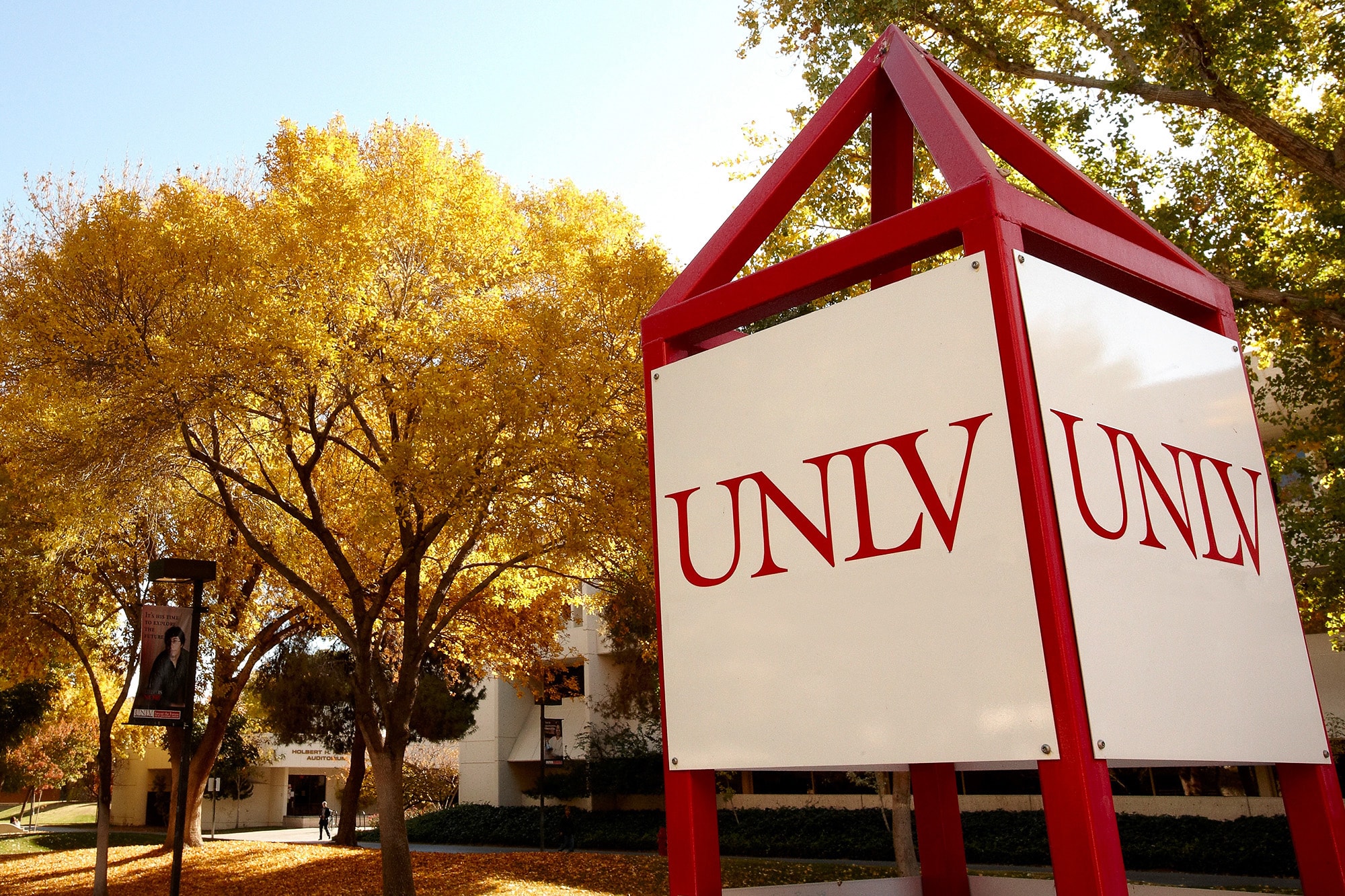Click here to visit the photo exhibit.
Through the use of cutting-edge digital technology, the UNLV Libraries recently launched an exhibit of historical photographs and documents on the early history of Las Vegas for public viewing on the Internet.
Titled the "Early Las Vegas Digital Project" this virtual gallery showcases high-resolution images of photographs and documents contained in the special collections department of the UNLV Libraries.
"This is the first project developed by the UNLV Libraries Digital Projects personnel in collaboration with UNLV's history department and we are very pleased with the outcome," said Brad Eden, head of the library's bibliographic and metadata services department.
Eden explained that the exhibit is divided into four photographic galleries: Early Las Vegas, The Depot, The Cottages, and Now and Then. Each of the galleries is designed to simulate an actual gallery experience by having the user scroll horizontally from one photo to the next. Accompanying each photo is a written explanation of its historical significance.
"This is a great service the UNLV Library is providing to the public," said Las Vegas Mayor Oscar Goodman. "This is historical information that is little-known yet of vital importance regarding the early development of Las Vegas and the beauty is that the public can easily view these images from their computers at home."
In addition to making historical photographs more readily accessible to the general public, Eden said that digitizing helps to protect the often rare and delicate original negatives and prints from potentially being destroyed by overhandling.
"It is a very meticulous process to create a digital image," Eden said. "The earliest generation of each photograph, often a negative or a print, is chosen for scanning. Each photograph is inspected and dust removed using an electrostatic film cleaner. The photograph is then placed on a special scanner, which is carefully calibrated. An archival image is produced and stored and no digital retouching or changes to the digital image files are permitted. Then a thumbnail image and an enlarged image are created for presentation on the Web. Flaws, such as cracks and stains found in the original photograph are retained in the archival image."
Eden said that each image in the digital gallery has been cataloged in the machine readable cataloging (MARC) format.
"This enables a person who is viewing an image and wants more detailed information to click on a button and connect to the full cataloging record, which contains information such as the name of the photographer, its original size, notes about its condition, and its call number within the Special Collections."
Additional galleries will be added to the site in the future.
For additional information, contact Brad Eden at 895-2225.



